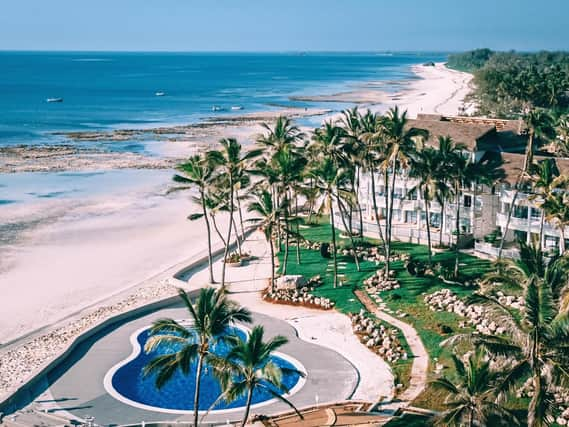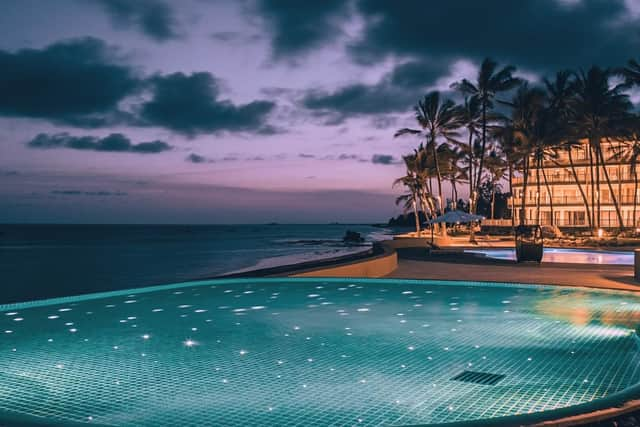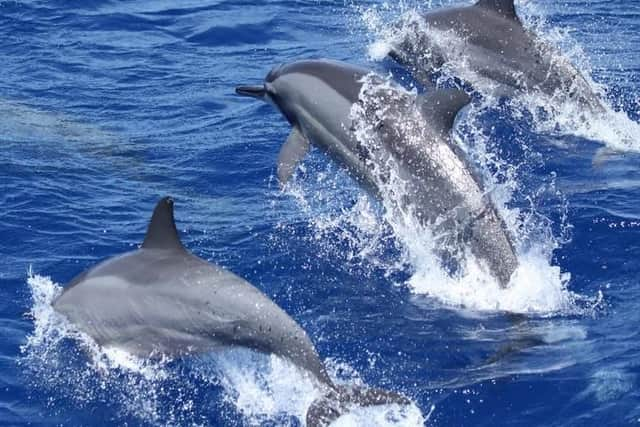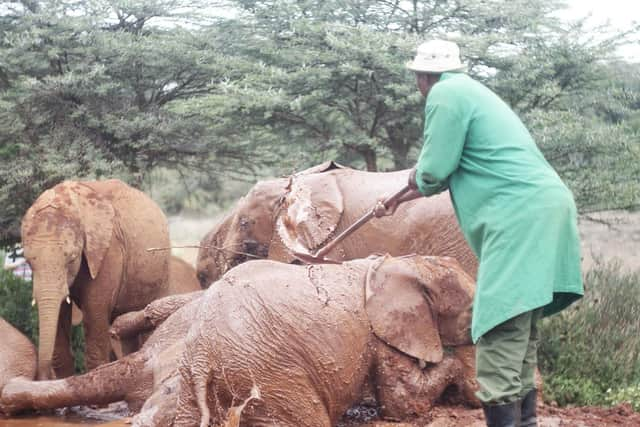Kenya travel review: Hemingways Watamu and Nairobi provide bountiful landscapes, beautiful wildlife and brilliant people


So the two-hour journey to our hotel allowed an initial, if unofficial, adventure – an opening glance at the country’s bountiful landscapes, beautiful wildlife and brilliant people.
We were there (me and my father, that is) to visit the Hemingways Collection, a portfolio of luxury hotels at key spots around the country.
Advertisement
Hide AdAdvertisement
Hide AdOn our journey, it was clear to see why coconut and palm produce is one of the country’s biggest exports, with miles of forests spanning the landscape.


After the long airport run – during which we see hundreds of motorbikes, some carrying three helmet-less riders, as well as neighbourhoods industriously formed often of colourful scrap metal – we arrive at charming Watamu, which sits on Turtle Bay Beach.
The hotel features a gym, spa, brilliant restaurant and bar, three swimming pools and much more, but after checking into our (very nice) twin room following a long journey the first move is to sit with a pair of Kenya’s native Tusker lagers and marvel at the Indian Ocean.
Then it was up early for a look at the region’s spectacular sea life. Watamu is a Marine National Park and Reserve known for its fishing expeditions, and Hemingways can arrange excursions for a good fee, a proportion of which goes towards conservation.
Advertisement
Hide AdAdvertisement
Hide AdFor us, it was the dolphins and snorkelling we were most interested in. Halfway to the right spot in our glass-bottomed boat, we anchored down near a patch of sand where we saw a reef shark – a common feature of the waters, and shy as long as they’re not fed.


We also handled a huge starfish, before going in search of the main event. And we were soon face to face with a group of seven bottlenose dolphins, their backs gleaming in the sun as they came up and dived down.
Then it was snorkelling, during which we saw a colourful array of sea life before heading back, witnessing a turtle swim by on our way.
Later, we took a traditional kayak ride through the mangroves at Mida Creek. We arrived there via a fascinating journey through the dense palm tree bush.
Advertisement
Hide AdAdvertisement
Hide AdBut the boat ride itself was an extremely peaceful journey through tall, lurching groves which come out into a broadwater creek, where the only breaks in the silence come from the calls of rare birds – evoking a real “at the end of the earth” feeling.


Then it was a spectacular sunset in the Crab Shack, a remote bar and restaurant within the mangroves, where we ate crab samosas at twilight.
The Swahili coast, as well as being beautiful, has both history and world rarities. History comes in the shape of the Gedi Ruins, a settlement believed to be from the 12th century and once inhabited by 3,000, with remains of the Great Mosque, palace, a large house and tombs among impressive trees. But today it is home to a troop of Sykes’ monkeys, and the many tourists taking a look back in time.
The Arabuko Sokoke Forest Reserve, the largest tract of coastal forest in East Africa, has some special residents, the most elusive perhaps being the Sokoke scops owl, a small and charming bird which lives in certain trees there and realistically is to be found only with the help of one of the fantastic, dedicated guides.
Advertisement
Hide AdAdvertisement
Hide AdIt should not go without saying how brilliant the hotel’s staff are – “welcome” seemed to be the word of the week they said it so many times and, although my father and I were well aware it was their job to be polite and helpful, we could tell that there was something genuinely kind-hearted behind their impeccable service.
“Jambo” – Swahili for hello – was also a common greeting from passing strangers, including members of a tribe who went by us on a boat as we set off into the mangroves.
So after three days at Watamu – true to its name as “home of the sweet people” – it was a short flight back to Nairobi (where we connected from Heathrow on the way in) for more firsts.
We stayed at Hemingways’ hotel in Karen, an affluent suburb of the capital whose streets are lined with purple jacaranda trees.